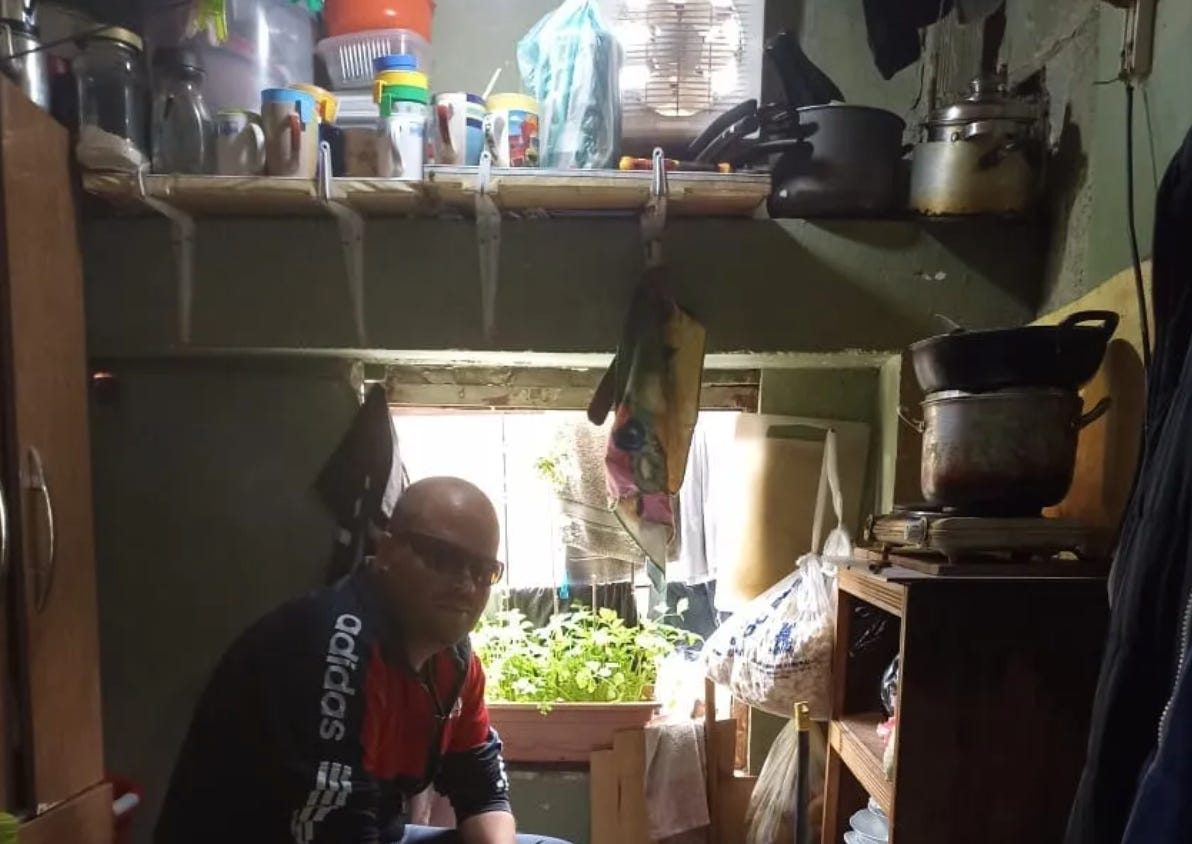Inside Bolivia's Infamous Cocaine Prison
The labyrinthine penitentiary shines light on the politics of the coke trade
Para leer en español click aqui.
A few years ago, I got an email from Niko Vorobyov, a Russian-Brit who had been jailed for selling drugs at university. “When I was banged-up in HMP Isis (South London)…I read your book and Howard Marks,” Niko wrote. “El Narco gave me the bigger picture which is what really got me thinking about the war on drugs in general and why I was here. It was the first time I’d heard of a lot of this shit like the involvement of the CIA. Friends said my letters outside were funny and that’s what led me to writing when I got out.”
Niko indeed found he was a talented scribe and went on to author the book “Dopeworld” as well as publishing in Vice, The Spectator, The Guardian and many others. I’m delighted to run a story by him from Bolivia, the land-locked South American nation known as coca-leaf heaven; I told him to let rip with his flowery pen.
By Niko Vorobyov
It was a Sunday afternoon and after queuing up to show my passport, I stepped through the gate. If I didn't know any better, I may have thought this was just the courtyard to an apartment block somewhere in La Paz. And in a way, it was. San Pedro is unlike any correctional facility I’ve seen, a small town all on its own. Above and around me were little barber saloons, kiosks, workshops.
A lifetime ago, this place even hosted tours: you’d bribe the warders to be allowed to explore this gated community, which had a cocaine factory onsite. The guards only made sure the prisoners didn’t escape, but once you walked past the gates, you were on your own. For an extra five bucks, braver backpackers could stay overnight – cheaper than a hostel! But those days are long gone.
“Here is an open regime – you can work, study, do whatever you want, you just can’t leave,” said a middle-aged man who identified himself as Ricardo Mendoza Salas, a convicted cocaine trafficker who says he’s been here since 2018.
It was visitation day, so everyone was in the main square with their families eating, chatting, or playing cards, sat on top of red plastic chairs, all of them stamped with the Coca-Cola logo. Was this prison sponsored by Coca-Cola? If so, that’s extremely niche advertising. Weaving between the tables were waiters and hawkers, all inmates, carrying trays offering snacks and trinkets. I bought a chocolate bar off a white Cuban man, guiding around his little daughter by the hand.
One aspect that makes San Pedro unique is that inmates must pay for their own cells, creating a Monopoly-style property market with eight suburbs which vary by level of opulence, from five-star accommodation (with carpets, en-suite bathrooms and views of the city), to one-star "coffins" cramming five men together in a hole in the wall. Finding shelter is important: at 3,600 meters above sea level, La Paz is the highest-altitude capital in the world and temperatures can drop so sharply that the ‘homeless’ can freeze to death.
Ricardo’s wing, Posta, was the Beverly Hills of the penitentiary, hosting drug barons, white-collar crooks and dirty politicians. Huddled in the corner of the plaza were glum-looking newcomers: they had just enough moolah to stay out of the commoners’ area, but not have enough for their own cells yet.
“The rent here is around 500 dollars per month, and when you leave you can sell your space,” Ricardo explained. “I go to the [slum] side, but only to play football. It bothers me because the people there are very dangerous, desperate, with nothing to lose. That’s why they’re always fighting. They’ll kill you for one boliviano [14 cents].”
Bolivia is third behind Colombia and Peru as the world’s cocaine plug but is the country that most embraces its history with the drug’s ingredient. Coca, the plant from which the ego-enhancing white pixie dust is extracted, is legal here. But has this enabled the cocaine trade, or reigned in its excesses?
That question is at the heart of debates about whether the global approach to policing cocaine should be changed. After half a century of the war on drugs, the disco powder is now cheaper than ever, Europeans hoover up record lines every weekend, and cartels use cocaine cash to destabilize countries like Ecuador. On Bolivia’s initiative, the World Health Organization began conducting a review of the coca plant in 2023.
The intrigues in Bolivia’s most infamous prison shine needed light on the cocaine trade. Ricardo led me through narrow corridors and wooden staircases to his quarters. The cell itself wasn’t bad. There were…
Sorry folks, you need to subscribe to read the rest of the story. But it’s only the price of a cuppa coffee and you get the full archive including exclusive interviews with cartel operatives and maps of cartel territory. You’ll be the best-informed in the room and be supporting true independent journalism - and this line of work is risky business that needs a hand.


